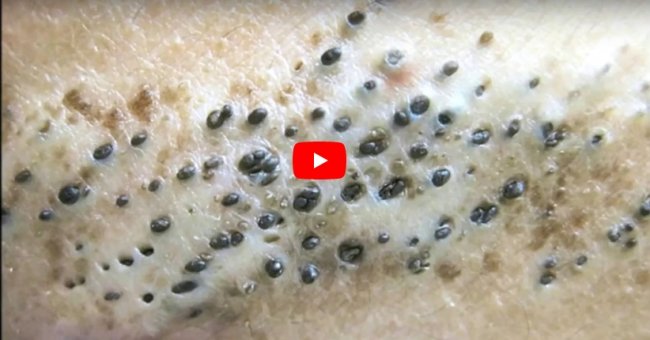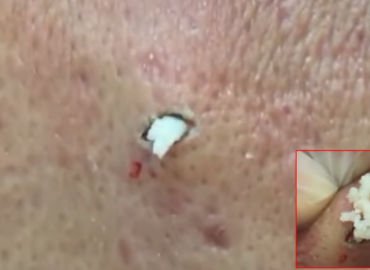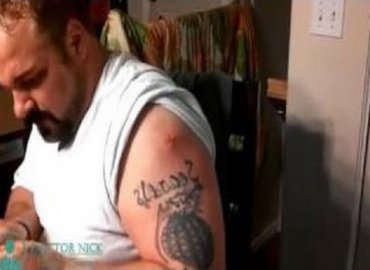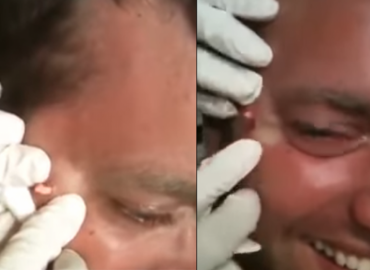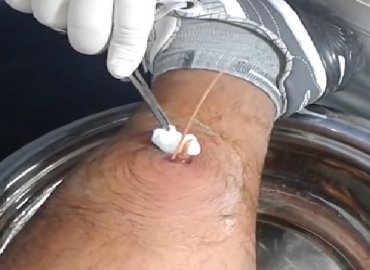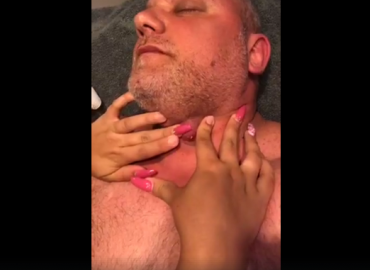Treating a Cyst at Home
Treat uninfected epidermoid and sebaceous cysts at home. Signs of infection include the area becoming swollen, red, tender, or red and warm. If your home treatment for these cysts is not effective or if you experience symptoms, which indicate an infection, you should seek medical care from your physician.
If the cyst causes pain or discomfort with walking or intercourse, medical care is needed to treat the cyst.
Use a wet, warm compress over an epidermoid cyst to encourage it to drain and heal. The washcloth should be hot but not so hot that it burns the skin. Place it over the cyst two to three times a day.
Cystic acne responds better to ice than it does to heat.
Bartholin gland cysts can be treated at home using warm water sitz baths. This involves sitting in several inches of warm water to encourage the cyst to drain.
Refrain from picking, squeezing, or trying to pop either an epidermoid cyst or sebaceous cyst. This can increase the risk of infection and scarring. Also, never pick, squeeze or attempt to pop a cystic acne. This drives the infection deeper and increases the risk of scar tissue.
Allow an epidermoid cyst to drain naturally. Once it begins to drain, cover it with a sterile dressing, which you can change twice a day. If a large amount of pus begins to drain from the cyst, the skin surrounding the cyst turns red, the area becomes warm and tender, or blood begins to drain from the cyst, it is time to seek medical care.
Keep the area clean. To prevent an infection, keep the cyst and the area surrounding it clean. Wash it daily using an antibacterial soap or cream.

